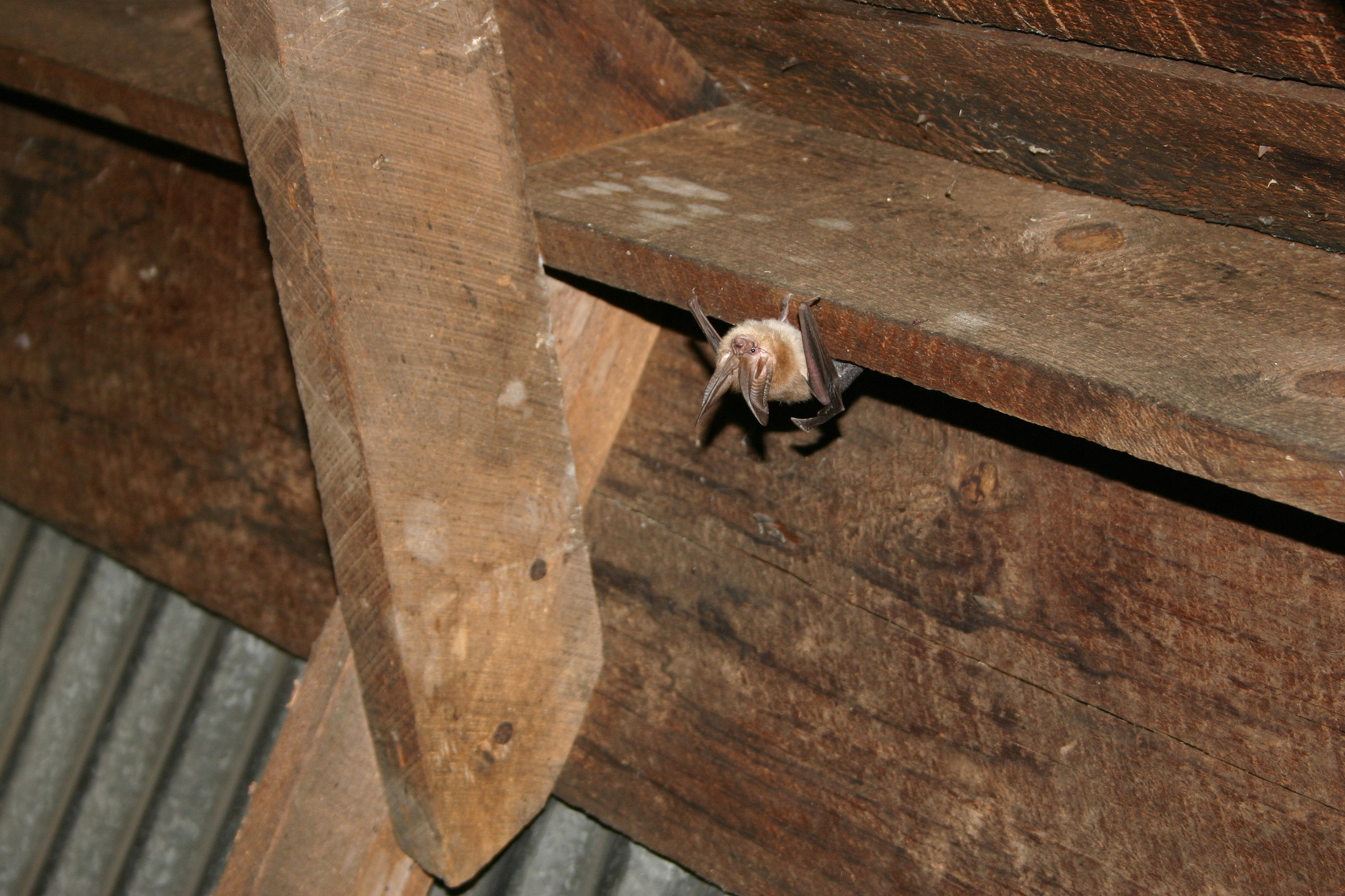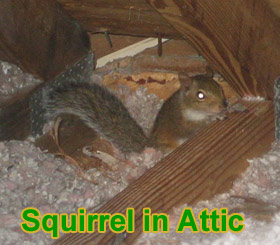Things about When Animals Invade the Attic - Horizon Pest Control

Not known Facts About Animal In the Attic - How to Get Animals Out Of Your Attic

Details About How To Inform What Sort Of Animal is in My Attic 2nd idea is the. Examine the beyond the house, particularly around the eves, vents and roof, and you'll discover the entry holes. If it's a big hole with damage, like a torn open roofing or a damaged eave, that's a raccoon! If it's a hole possibly 2 inches in diameter with chewing around the boundary, that's squirrel.

What Animal is in my Attic - Proven Wildlife Removal
Find out more about inspecting the house for animal holes to figure out the sort of wildlife entering the structure. There might be other ideas on your home or at the entry hole, such as footprints, hair, and so on. Third, This Site in the attic is the real clincher. There you will discover numerous proof, most importantly, you can.

Hearing noises? What animal is in your attic? - Varment Guard Wildlife Services
This site has many pictures of all the different animal feces. Take a look at images of Raccoon Fecal material, or Squirrel Feces, or Rat Feces, or Mouse Feces, or Bat Fecal material. You can also look at the left in the dust in the attic. Look at practically any surface not covered by insulation, and there need to be a layer of dust with animal tracks.
3 Simple Techniques For Animal Scratching Sounds Noises in the Attic at Night or
Raccoons are notorious for this. Rats and mice leave brown grease marks in locations of heavy travel too. The infographic to the left shows what various animal tracks appear like. Though reality be told, it's most likely rare that an amateur will discover and determine tracks properly. Finally, you can look at the such as chewing.

Animal Noises in Your Attic? - KP Wildlife Control
However a duct completely torn up is the work of a raccoon. Large amounts of plant debris in one spot is typically from squirrels. Click here for images of animal damage in the attic to assist you determine what animals you have up there. If you have experience like me, you will really know immediately by the odor in the attic! Each animal has a hallmark scent.
Seldom will you really see the animals in the attic. It takes place for me less than 5% of the time. Many of the time the animals will crawl down a dark wall or under insulation, or in the shadows, and remain very still. However when you read the signs, it's simple to identify what animals you have.
